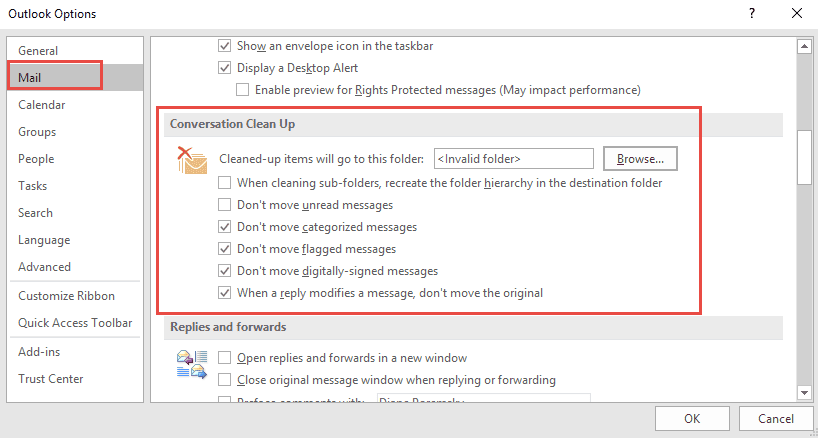
- #CLEAN THE SLATE FOR OUTLOOK 2016 CLEAR CACHE HOW TO#
- #CLEAN THE SLATE FOR OUTLOOK 2016 CLEAR CACHE UPDATE#
- #CLEAN THE SLATE FOR OUTLOOK 2016 CLEAR CACHE UPGRADE#
- #CLEAN THE SLATE FOR OUTLOOK 2016 CLEAR CACHE DOWNLOAD#
- #CLEAN THE SLATE FOR OUTLOOK 2016 CLEAR CACHE WINDOWS#
You can use the standard process as demonstrated here:
#CLEAN THE SLATE FOR OUTLOOK 2016 CLEAR CACHE UPGRADE#
However for an Exchange 2010 Database Availability Group the upgrade process can be performed with no downtime following the normal process of moving active databases off DAG members while they are being updated. The statement above is correct for standalone mailbox servers, which is expected. This seemed to be a major issue to me until I performed the upgrade in my test lab. … During the upgrade, the database is dismounted, and all mailboxes in that database are taken offline. As a result, when Mailbox servers are upgraded to Exchange 2010 SP3, the databases are upgraded to the Exchange 2010 SP3 version of the database schema… The database schema has been updated in Exchange 2010 SP3. I admit I was concerned when I read the release notes for Exchange 2010 SP3 that state: Updating Mailbox Servers to Exchange 2010 SP3

#CLEAN THE SLATE FOR OUTLOOK 2016 CLEAR CACHE HOW TO#
#CLEAN THE SLATE FOR OUTLOOK 2016 CLEAR CACHE WINDOWS#
Updating Client Access Servers to Exchange 2010 SP3Ĭlient Access servers are the first server role to update, and you should begin with the internet-facing site if you have multiple sites in your organization.įor Client Access servers that are in a CAS Array you should remove some of the servers (eg half of them) from the load balancer configuration, upgrade them, re-add them to the load balancer, then repeat the process with the remaining Client Access servers in that load balanced array.įor an example of how to do this with Windows NLB see the following article:

#CLEAN THE SLATE FOR OUTLOOK 2016 CLEAR CACHE UPDATE#
Otherwise the schema update will be applied when you upgrade the first Exchange server. If you have an AD forest topology with multiple domains, or process restrictions that require schema updates to be managed a certain way, you can apply the Exchange 2010 SP3 schema update on a 64-bit domain controller that is in the same AD site as the Schema Master, using an account with Schema Admins and Enterprise Admins rights.Ĭ : AdminEx2010SP3 & gt setup. I’m going to walk through the upgrade process in some more detail next, and also provide some general guidance afterwards about the Service Pack 3 installation steps as well as what to expect in terms of timing and service interruptions. You should also plan to update any management tools installations you have on admin workstations or servers, and also check your third party applications that integrate with Exchange in case they also need updated management tools.
#CLEAN THE SLATE FOR OUTLOOK 2016 CLEAR CACHE DOWNLOAD#
You can download Exchange 2010 Service Pack 3 here and extract the files ready to be installed on your servers. Preparing to Upgrade to Exchange 2010 SP3


The SP3 release notes state you can only install on Windows Server 2008 SP2 or 2008 R2.It actually includes all security and bug fixes up to SP2 UR6. Exchange 2010 SP3 is listed as including all security bug fixes up to SP2 UR5-v2.If that is a concern for your environment, but you still want the bug fixes and security updates, you might consider sticking with Service Pack 2 and applying Update Rollup 6 instead.Īt the time of this writing there are some points in the various release notes that aren’t correct or fully updated yet that Microsoft are still working on or that are worth some clarification: If you are planning to upgrade your Exchange 2010 servers to SP3 you should be aware that there is an Active Directory schema update involved. This is a significant release that delivers some key functionality to customers such as support for Windows Server 2012, support for co-existence with Exchange Server 2013 CU1, and general bug fixes and security updates. Microsoft has released Service Pack 3 for Exchange Server 2010.


 0 kommentar(er)
0 kommentar(er)
